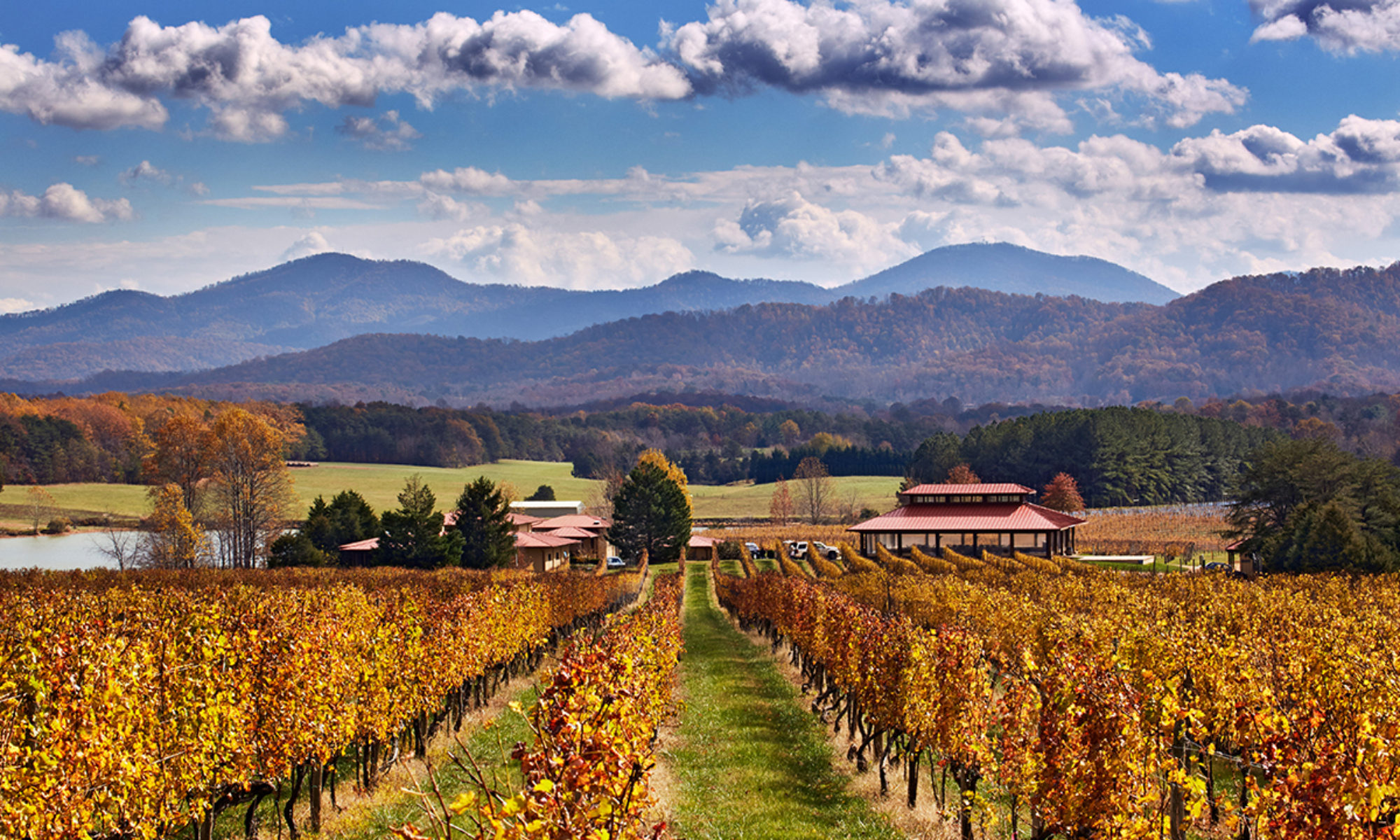Willowcroft Farm Vineyards is located just south of Leesburg in Eastern Loudoun County. Willowcroft is the oldest winery in Loudoun County. Lew Parker, winemaker, bought the horse farm Martingale, and planted the first grapes there back in 1981. Lew, from Pennsylvania, had a previous career in corporate finance. Tastings are held in a barn dating back to just after the Civil War. Out of the way so less crowded. Use their website, not your GPS, for directions.
Wine. One of the Top 100 wineries of Virginia, and one of the Top 50 wineries of Northern Virginia. Willowcroft’s unusual white blend, their Riesling Muscat-Ottonel, was awarded a gold medal at the 2022 Virginia Governor’s Cup state-wide wine competition. You’ll find a wide range of especially white wines at Willowcroft, including the Muscat-Ottonel, Albariño, Seyval Blanc, Riesling, and the amusingly named “Rose of Sharon.” Wines awarded silver medals at the Governor’s Cup competitions have included the 2021 Muscat Ottonel (in 2023), the 2020 Albariño (in 2022), along with the Willowcroft 2021 Chambourcin (in 2023) and the 2019 Assemblage Select (in 2022). The 2021 Petit Verdot also was awarded a silver medal at the 2023 San Francisco Chronicle Wine Competition, while the 2020 Petit Verdot and the 2021 Seyval Blanc were awarded silver medals at the Best of Loudoun 2022 wine competition. All Willowcroft wines are produced from their own or other Virginia grapes.
Setting. One star. On a ridge of Catoctin Mountain with a nice view, but more limited than for some other Loudoun wineries. Tastings take place in an 1875 barn. Cheese and chocolates available.
Stories. Virginia wine history: learning by trial and error. When Willowcroft, now the oldest winery in Loudoun County, was launched in 1980, there was not much of a trail to follow. Lew Parker bought a horse farm, not a vineyard; he came from the world of finance, not of grapes, and there wasn’t much of anyone within an hour to whom he could look for tips on starting a winery. In that sense, he was like several of the early pioneers in Virginia’s wine renaissance – at least those who didn’t come with a background in wines from elsewhere. Lew did what many people do when there isn’t a rulebook or role model to follow – he went by trial and error. His first plantings in 1980 failed completely, and he had to start all over again a year later with different grapes. Just like Lew, many of the 1980s and 1990s Virginia wineries started with planting the most popular European or California varietals: Cabernet Sauvignon, Chardonnay, Merlot, or Riesling. And like Lew, they discovered that in Virginia’s soil and climate, less popular grapes like Cabernet Franc, Petit Verdot, and Petit Manseng were often happier than their more popular cousins, and happier than they were in many other wine-making countries. They also discovered that Virginia grapes could more often make striking Bordeaux-style blends than California-style stand-alone Cabs and Merlots. Now Lew Parker, in his fourth decade, has through trial and error changed his vineyards to grapes that make these Bordeaux blends, along with Cabernet Franc, Vidal Blanc, Traminette and Albariño: choices that would not have been dreamed of by the first Virginia winemakers. Now new wineries head straight to what works; Lew Parker got there the old-fashioned way.
